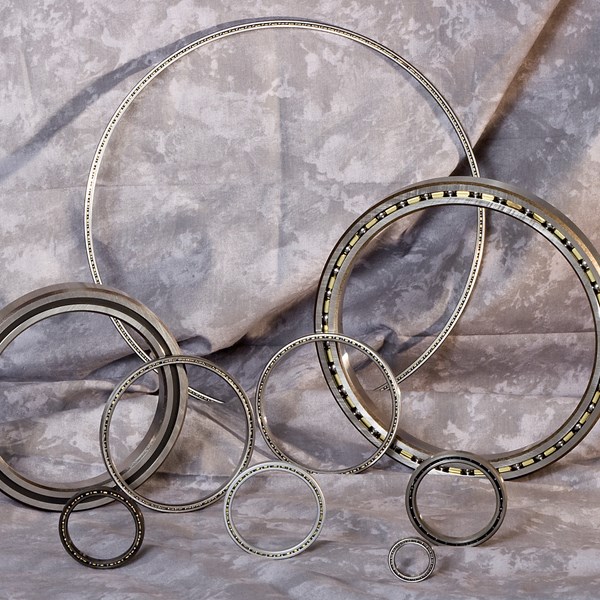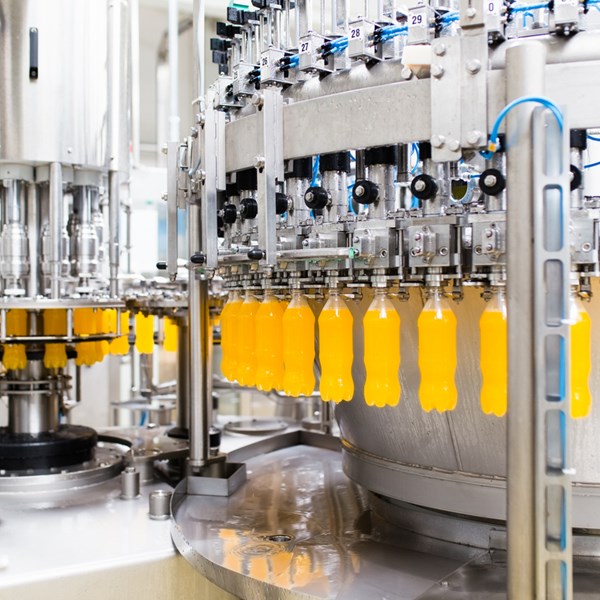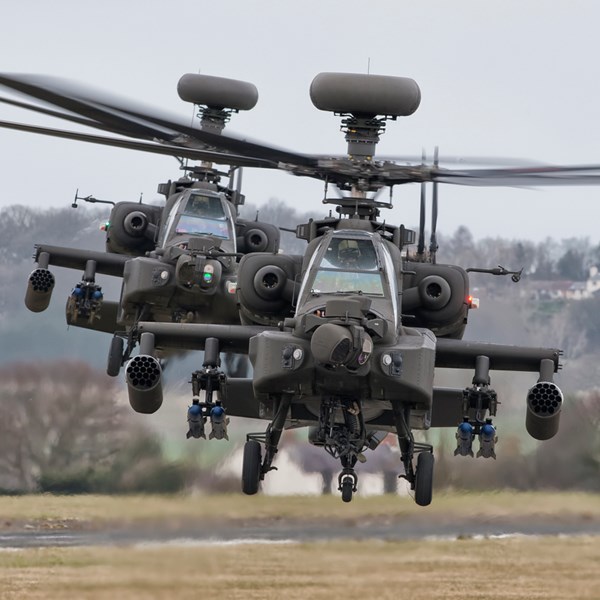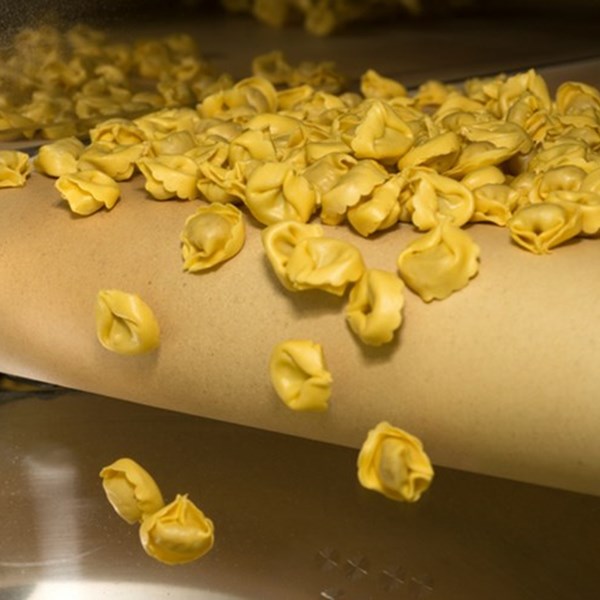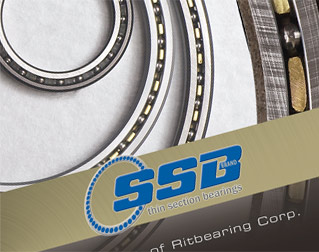Every day, robotic technology is pushed another step further. The robotics industry has been a staple in manufacturing since robotic arms were introduced to automotive lines back in the ‘60s – and the innovation hasn’t stopped.
These days, robotics manufacturers have identified a new avenue to help people across the country: UV disinfection robots. MIT has already partnered with Ava Robotics to design a robot that uses UV light to disinfect warehouses and other spaces. With the COVID-19 pandemic, this technology has massive potential. Of course, these UV disinfection robots need the right bearings to turn a great idea into a realized opportunity.
3 Key Factors for UV Disinfection Robot Bearings
Without the proper bearings, a robot would be a motionless pile of materials. UV disinfection robots use bearings to spin, turn, and enable any other function required to move about a space and complete a cleaning cycle.
As with other robotics applications, certain bearing solutions are better fits than others for UV disinfection robots. Let’s break down some key reasons why thin section bearings are a go-to bearing solution for robotics.
Weight and size
It’s no secret that thin section bearings offer big benefits in small packages. The size difference between thin section bearings and other bearing styles offers some key advantages to any robotics applications with space constraints or weight restrictions.
To start, smaller parts require less room. A thin section bearing can help you accommodate tight spaces without having to sacrifice on performance. Additionally, thin section bearings don’t need to change cross sections as bore sizes increase. This helps you save additional space within your applications.
Another key benefit is that thin section bearings are notably lighter than other part solutions. This reduction in weight can not only help you make robots lighter, it can also help reduce the amount of friction created during use and improve the long-term efficiency and reliability of your applications.
Ample load-carrying capabilities
Despite their size, thin section bearings are more than capable of carrying the load for your UV disinfection robots. Thin section bearings come in multiple styles to help you accommodate different types of loads.
- Type A
- Type C
- Type X
In addition, thin section bearings can be duplexed to accommodate any situations that have more load requirements than normal. Given the diminutive nature of the parts, this allows you exchange extra performance for not much additional space and weight.
Design flexibility
Some level of part customization is common for many robotics applications. Whether your need special clearances, loads, or materials, there are multiple design options available to match your performance and environment needs. If a standard part doesn’t meet your specific needs, you can invest in custom thin section bearings that modify one or more of the following features:
- Multiple cage options
- Multiple shield and seal options
- Materials selections
- Custom sizing
- Duplexing
Invest in the Best Bearings for Your Robotics Applications
There are many bearing solutions available, but it takes the right one to best serve your performance and budgetary needs. At SSB, our experts can work with you to identify the best, most cost-effective bearings for UV disinfection robots and any other robotic applications. Use our online product builder to select the parts you need or contact us today to talk to our experts about a custom thin section bearing solution for your application.
